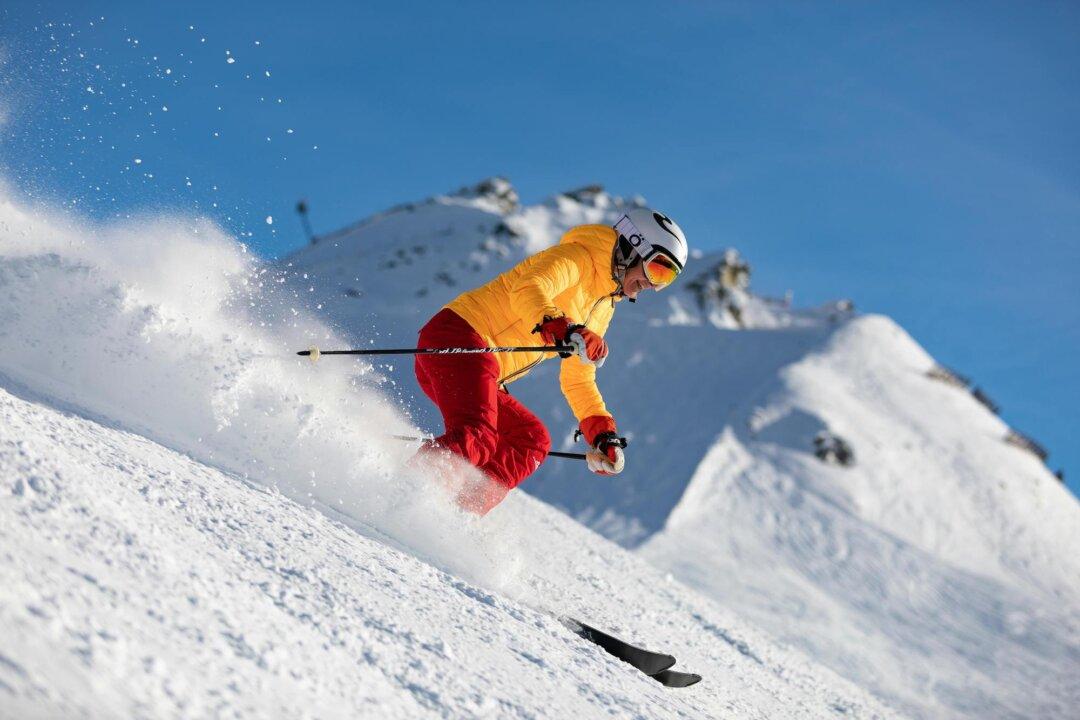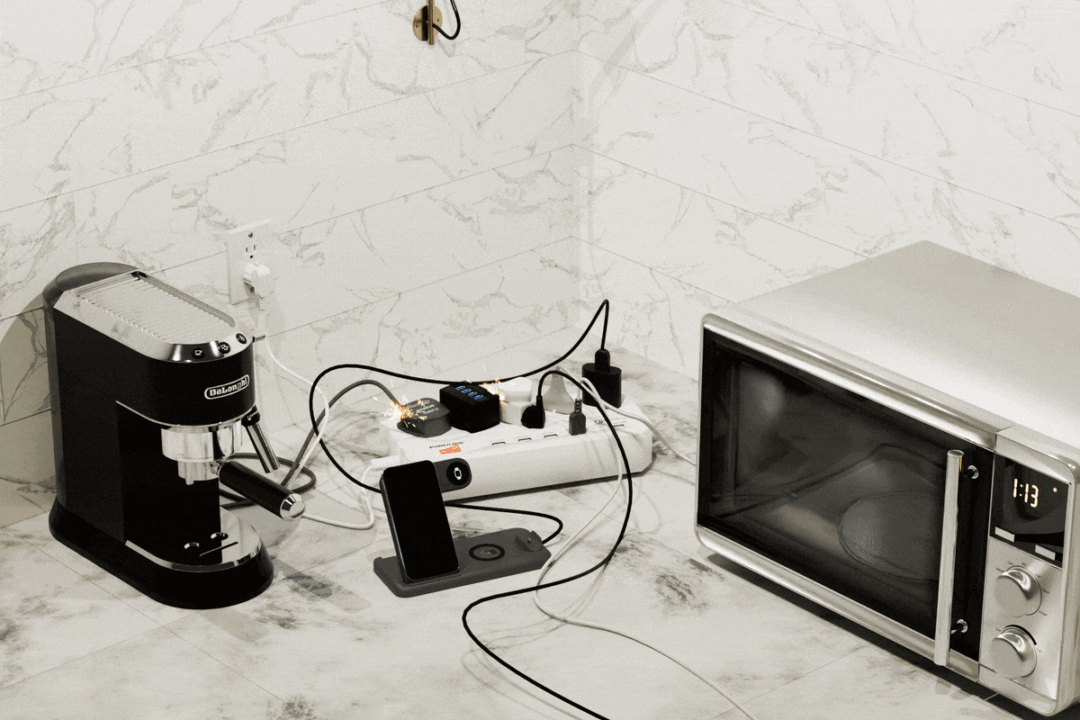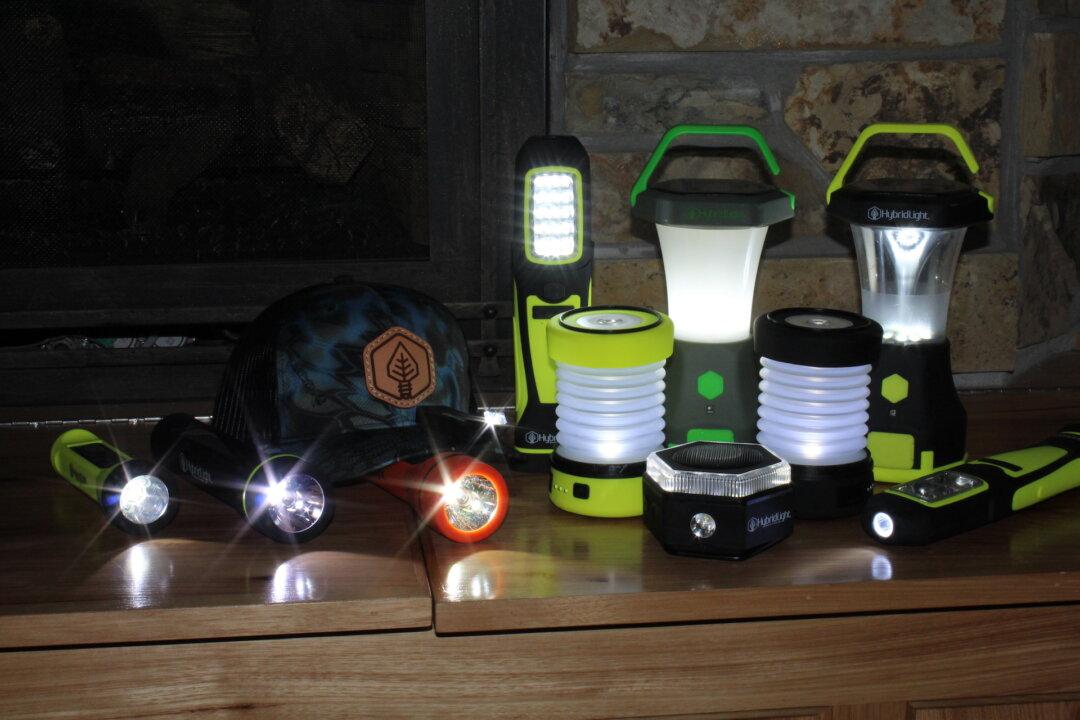For most people, a day spent on the ski slopes is a way to enjoy some physical exercise while recharging their spirits and mental batteries—and more people are enjoying it than ever before. According to the National Ski Areas Association, ski areas reported over 64.7 million visits during the 2022–2023 season. Some of these enthusiasts, such as Robert Redford, actor and founder of Sundance Mountain Resort, are drawn by the exhilaration of the sport. “I used to race cars,” he said in an interview with Roger Ebert, “but skiing is a step beyond that. It removes the machinery and puts you one step closer to the elements. ... It’s a complete physical expression of freedom.”
But freedom doesn’t erase the necessity of good manners. Unless you have your own mountain, chances are good that you’ll spend your day interacting in close quarters with all the others on the mountain in search of excitement and adventure. Adhering to skiing etiquette will keep everyone safe and help them have a great time.






